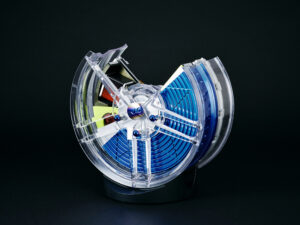Discover INAC US’s “Ferrous Metal for Prototyping” service, where we expertly craft precision prototypes using high-quality ferrous metals like SS40 (AISI 4140), S45C (AISI 1045), S50C (AISI 1050), SUS303, and SUS304.
With our advanced CNC machining technology and experienced team, we ensure optimal material selection and processing to deliver outstanding results.
Choose INAC US for fast, accurate, and reliable ferrous metal prototyping solutions.
